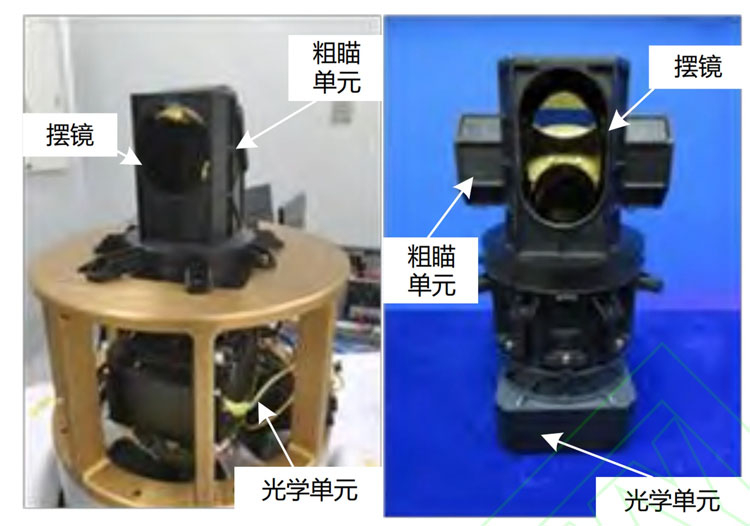According to Chinese sources , a team of scientists from the Beijing Institute of Remote Sensing Equipment has developed a satellite laser communication system with record-breaking performance. It will allow organizing data exchange over a distance of more than 4,000 km at a speed of up to 10 Gbit/s. Starlink is also striving for such opportunities, but will not achieve them soon.

Image Source: Shutterstock
According to the developers, the new unit is small in size “about the size of a suitcase” and weighs 12 kg. Such weight and size characteristics will make it possible to place lasers transmitting data on relatively small satellites, which promises to make the technology mass-produced. With the help of such a system, China will be able to deploy satellite Internet not only near the Earth, but also reach the orbit of the Moon with it.
By comparison, Japan’s JDRS-1 Laser Communications Satellite, which was launched in 2020 to relay data between spy satellites, can achieve transmission rates of up to 1.8 Gbps. The US military laser space communications system, which is being created as part of the corresponding program, promises by 2028 satellite laser data transmission channels with a bandwidth of up to 1 Gbit / s. Elon Musk goes even further. His company Starlink intends to increase the speed of laser satellite communication channels to 10 Gb / s in the long term, while today the speed of Starlink satellites is only approaching 1 Gb / s.
To achieve a breakthrough in the speed of data transmission by a laser between satellites, Chinese scientists were able to use the “wrong” approach. Instead of the traditional monochrome (coherent) laser radiation, they used an incoherent light source. They also developed a technology for transmitting without a reference beam, which greatly accelerates the aiming of a laser communication system at an arbitrary part of the sky.

Image Source: SCMP
The source of laser light in the Chinese communication system was a 3 W semiconductor laser. For power-limited satellite in-flight power systems, this is a real lifesaver. The optical system was based on an 80-mm telescope mounted on a specially designed swivel frame with stabilization (3D printing helped in the manufacture of the frame). The telescope was modified in such a way that the light was amplified even before it hit the sensors, which helped to increase the sensitivity of the complex.
Scientists have tested a new laser communication complex in terrestrial conditions. Whether he will fly into space for testing in real conditions is still unknown.
If you notice an error, select it with the mouse and press CTRL + ENTER.




